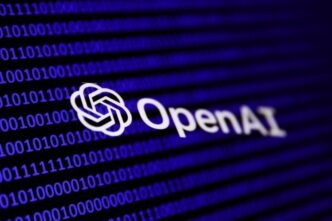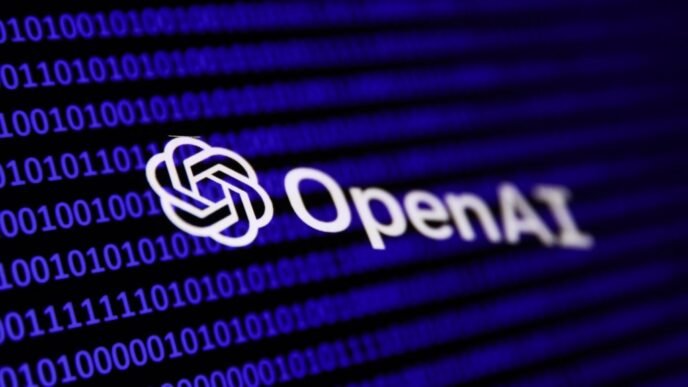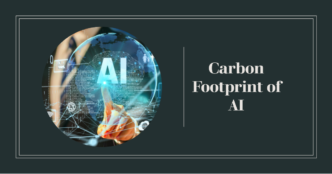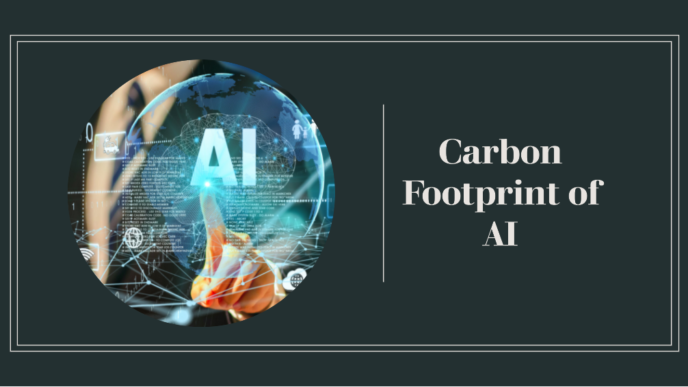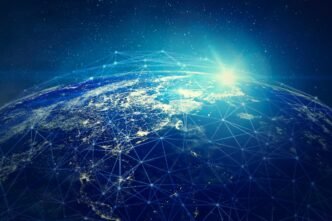Explore the most significant advancements in artificial intelligence this year, from groundbreaking technologies to transformative applications.
2024 has been a landmark year for artificial intelligence, marking significant progress in how AI is integrated into daily life and various industries. With applications ranging from personalized education to climate monitoring, AI is now shaping the world in ways once thought impossible. This post covers the top 10 AI developments that are reshaping the future, each representing a leap forward in technology and its potential to change lives.
1. Generative AI Integration Across Industries
The Power of Creation
Generative AI has gone mainstream, becoming a key player in sectors such as media, healthcare, and customer service.
• Content Creation Boom: AI-driven tools are generating written, visual, and audio content at unprecedented levels.
• Customer Support: Many companies are implementing generative AI for real-time customer interactions, providing a seamless experience.
• Statistics: According to industry reports, the generative AI market is projected to reach $60 billion by 2025.
Example: Companies are using AI to generate entire marketing campaigns in minutes, allowing for faster, more targeted outreach.
2. AI-Powered Search Engines Revolutionize Information Access
The New Age of Search
2024 saw the launch of AI-driven search engines like SearchGPT, changing the way users access and interact with information online.
• Real-Time Information Retrieval: Unlike traditional search engines, AI-driven searches understand and predict user intent.
• Enhanced User Experience: These search engines can summarize information from multiple sources into cohesive answers.
• Stat: 60% of online searches are expected to be AI-assisted by 2025.
3. Advancements in AI Reasoning Capabilities
Toward Smarter Problem Solving
AI models now exhibit improved reasoning abilities, tackling complex issues in science, law, and more.
• Chain-of-Thought Processing: OpenAI’s o1 model introduces reasoning steps, making AI responses more reliable.
• Benefits: Allows AI to break down complex questions and try various approaches to find solutions.
• Industry Impact: Advanced reasoning AI could soon be integral to decision-making in fields like healthcare and finance.
Note: Although these models aren’t truly “thinking,” they mimic reasoning patterns that make them seem smarter.
4. AI in Drug Discovery Speeds Up Breakthroughs
Accelerating Medicine with AI
Pharmaceutical companies are now using AI to identify drug compounds, accelerating research and development processes.
• Rapid Testing: AI algorithms test millions of chemical combinations to find potential treatments.
• Cost Reduction: Drug discovery costs can be reduced by up to 30% with AI’s help.
• Stat: The market for AI in drug discovery is projected to grow by 40% annually until 2028.
Example: AI helped identify potential treatments for rare diseases in under a year, a task that traditionally takes several years.
5. AI-Generated Media Redefines Entertainment
A New Era in Film and Gaming
AI is now heavily involved in media production, creating AI-driven movies, music, and even interactive games.
• In Movies: AI has been used to de-age actors and create realistic visual effects in blockbuster films.
• Gaming: AI-generated games, like a new version of Minecraft, provide players with dynamic, evolving worlds.
• Stat: The AI entertainment market has grown 50% since 2023.
Example: The movie “Here” features de-aged actors thanks to AI technology, setting a new standard in film.
6. Governments Step Up AI Legislation
Regulating AI for a Safer Future
Recognizing the impact of AI, several governments are moving to regulate AI usage, addressing issues from privacy to accountability.
• UK’s AI Safety Bill: Proposes guidelines for safe AI use, particularly in finance and healthcare.
• Global Cooperation: Nations are working together to create uniform AI standards.
• Stat: 78% of people support government regulation of AI.
Insight: Regulations aim to strike a balance between innovation and safety, ensuring that AI developments benefit everyone.
7. AI Integration in Consumer Hardware
AI on Your Wrist and Beyond
AI is becoming embedded in everyday devices, offering enhanced experiences in wearables, home appliances, and mobile devices.
• OpenAI’s Hardware Exploration: Collaborating with companies to create AI-driven consumer devices.
• Personalized Interactions: Devices learn from user habits to provide highly customized experiences.
• Projection: By 2026, over 70% of new consumer electronics will include AI features.
Example: Smartwatches now use AI to analyze health data and provide real-time, actionable insights to users.
8. AI for Environmental Monitoring
Fighting Climate Change with AI
AI is now a vital tool for tracking environmental changes, aiding in everything from carbon emissions tracking to wildlife monitoring.
• Real-Time Analysis: AI analyzes massive datasets to monitor climate patterns and forecast natural disasters.
• Conservation Efforts: AI models are used to monitor endangered species and protect habitats.
• Global Impact: AI environmental tech could reduce carbon emissions by 20% by 2030.
Example: AI models accurately predict wildfire patterns, allowing firefighters to act before disasters strike.
9. AI in Education: Personalized Learning Experiences
Tailoring Learning for Every Student
Schools and educational platforms are embracing AI to personalize learning paths, catering to each student’s strengths and weaknesses.
• Adaptive Learning Models: AI customizes lessons based on a student’s performance and engagement.
• Time-Saving: Teachers save up to 30% of their time by using AI for grading and lesson planning.
• Student Success: Studies show a 20% improvement in learning outcomes with AI-assisted education.
Insight: AI creates an inclusive environment, providing equal learning opportunities across varying student capabilities.
10. Ethical AI Development and Transparency
Building Trust in AI Systems
As AI becomes more ingrained in society, transparency and ethics are paramount to ensure responsible usage.
• Explainable AI: Companies are now required to show how AI models make decisions.
• User Control: New tools allow users to better understand and control AI-driven processes.
• Public Trust: 65% of people are more likely to use AI tools that prioritize transparency.
Example: Banks use AI to analyze credit risk but must now provide clear explanations of AI’s decisions.
Conclusion
The AI developments of 2024 reflect a transformative period in technology, with impacts spanning healthcare, education, entertainment, and beyond. As AI continues to evolve, we’re likely to see even more innovative applications that will redefine our world. These top 10 advancements show how AI is not only a driver of industry change but a force reshaping everyday life, making technology smarter, more efficient, and more accessible than ever.
The AI landscape is set to grow rapidly, bringing with it opportunities, challenges, and unforeseen innovations that will shape the years to come.






